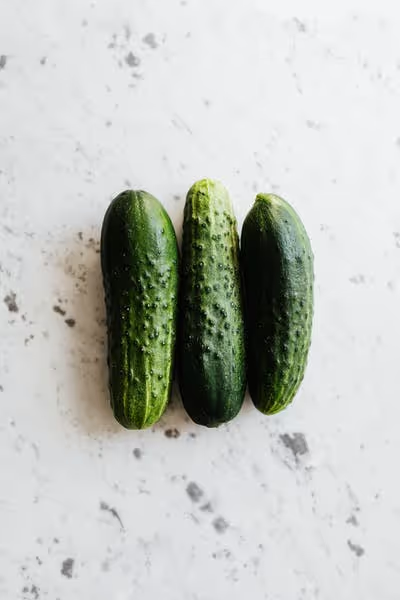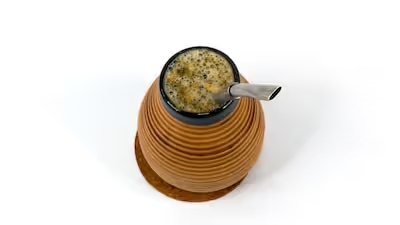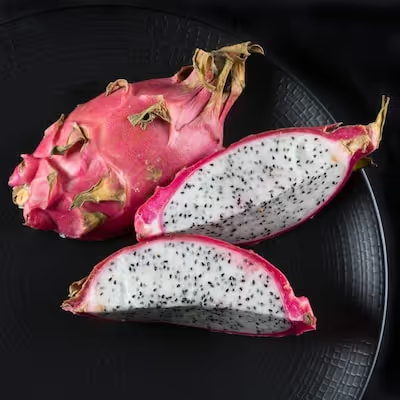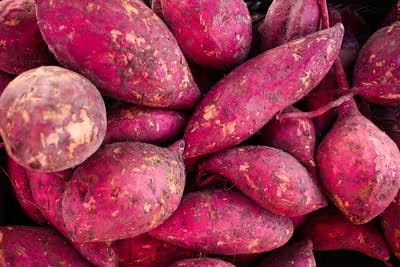Growing Kohlrabi: How to Plant, Care, and Harvest Successfully
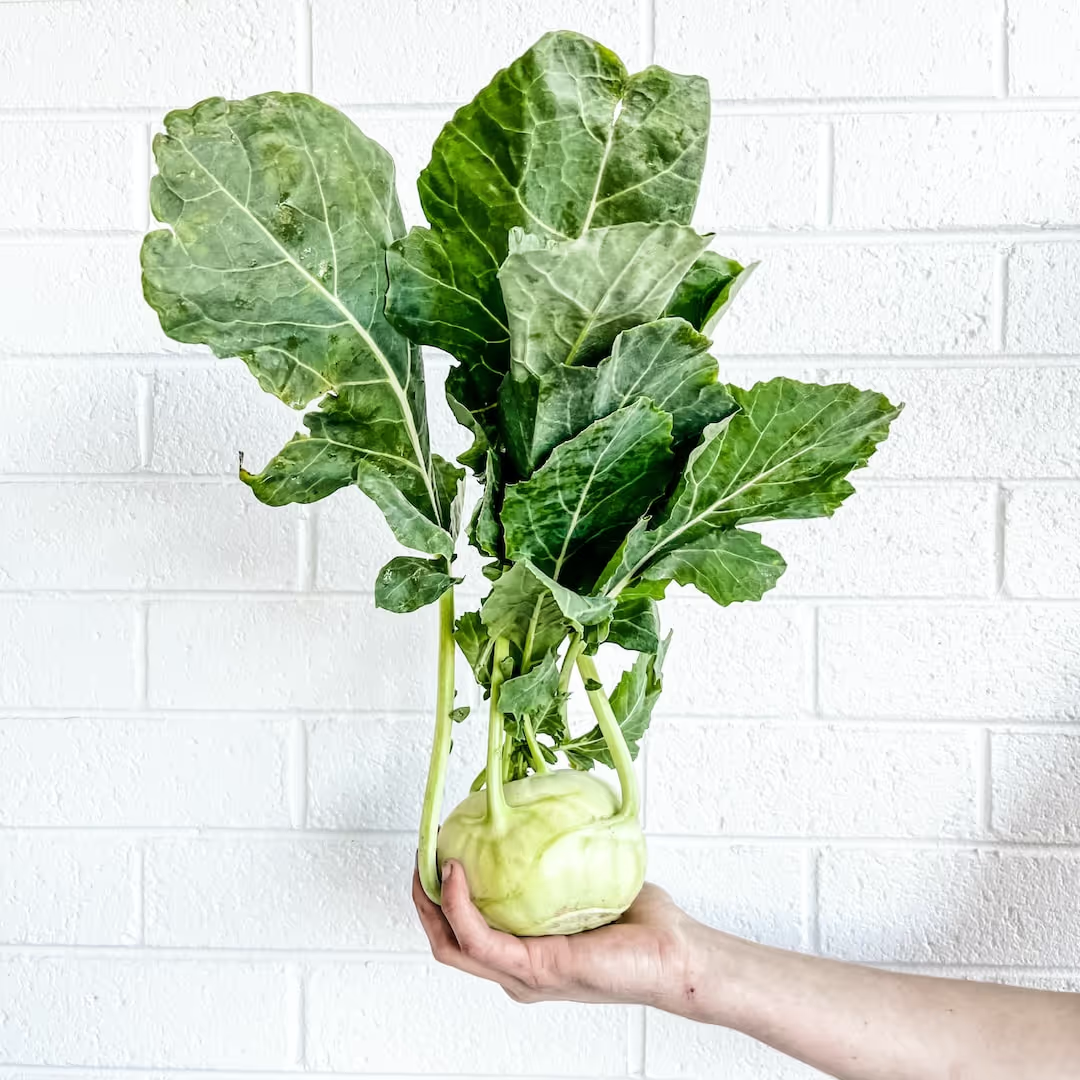
Growing Kohlrabi
Growing kohlrabi rewards gardeners who start seeds early indoors, transplant into fertile, moist soil, and space plants generously. Cooler temperatures sweeten its crisp bulbs, meaning spring and fall plantings yield superior harvests. With plenty of sunlight, timely watering and regular feeding, cultivating this funky brassica becomes a deliciously satisfying experience—read on for exactly how to maximize your kohlrabi crop.
Cheatsheet: Fast-Track to Plump Kohlrabi Bulbs
🌱 Quick Start
- Direct sow early spring & late summer
- Soil temp: 45–75°F (7–24°C)
- Harvest: 45–60 days from seed
- One cup = 36% daily C, low in calories
🧰 Tools and Products You'll Need
- Hand trowel
- Rake
- Compost or balanced fertilizer
- Watering can or hose
- Mulch
- Garden scissors or knife
🌤️ Planting Steps
- Loosen soil 8 in (20 cm) deep, work in compost
- Sow seeds 1/4–1/2 in (0.5–1 cm) deep, 2 in (5 cm) apart
- Row spacing: 12 in (30 cm)
- Thin seedlings to 6 in (15 cm) apart
💧 Care & Growth
- Water: 1 in (2.5 cm) weekly, steady moisture
- Mulch to retain moisture & block weeds
- Fertilize midseason with balanced NPK
- Shade in heat to prevent woody bulbs
- Check for cabbage worms, flea beetles
🔪 Harvest & Storage
- Cut bulbs at 2–3 in (5–7 cm) diameter
- Harvest before woody, 6–8 weeks after sowing
- Store bulbs up to 2 weeks at 32°F (0°C), high humidity
🥗 Nutrition & Self-Sufficiency
- High in vitamin C, potassium, fiber
- Use leaves like kale or collards
- One row feeds family of 4
-
Growing Kohlrabi: plant it right, keep it moving, harvest at peak
Kohlrabi is a cool-season brassica with a crisp, juicy stem that swells above the soil like a UFO. Treat it like cabbage’s sprinter cousin and it will reward you fast.
Climate and timing
Target steady cool weather: 45 to 75 F (7 to 24 C). Sow 2 to 4 weeks before last spring frost, then again late summer for fall harvest 6 to 8 weeks before first frost.
Heat slows it and triggers bolting, so I switch to shade cloth at 30 percent once highs flirt with 80 F (27 C). Fall crops taste sweeter after light frost.
Soil prep that prevents woody bulbs
Loose, fertile soil with high organic matter keeps growth uninterrupted. Aim for pH 6.5 to 7.2, and raise to 7.2 where clubroot has a history.
I work in 2 to 3 inches (5 to 7.5 cm) of finished compost and a modest pre-plant nitrogen charge. Avoid fresh manure to sidestep disease issues.
Sowing and transplanting
- Direct sow: 0.25 to 0.5 inch deep (0.6 to 1.2 cm), thin to 6 to 8 inches (15 to 20 cm).
- Transplant: start seeds 4 weeks before set-out at 65 to 75 F (18 to 24 C), plant 1 to 2 weeks before last frost.
- Rows: 12 to 18 inches apart (30 to 45 cm). I like 2 offset rows per 30-inch bed with drip down the center.
Harden transplants for a week. Any check in growth shows up later as fiber.
Water, feeding, and mulch
Keep soil evenly moist at about 1 inch (25 mm) per week, more in sandy beds. Mulch with 1 to 2 inches (2.5 to 5 cm) of clean straw or shredded leaves to buffer swings.
Side-dress with a light nitrogen source at 3 to 4 weeks after emergence or transplant. I use fish hydrolysate or a handful of blood meal along the row before a rain.
“Uninterrupted growth is key for tender stems.” — Royal Horticultural Society (RHS)
Spacing and crop architecture
Standard types shine at 6-inch spacing (15 cm) for quick bulbs. Storage types need 8 to 10 inches (20 to 25 cm) to size up without stress.
Leaves are a built-in moisture gauge. If they flag by midday, you’re behind on irrigation.
Pest and disease playbook
- Flea beetles and aphids: cover immediately with lightweight row cover after sowing or transplanting, or foliar a neem or insecticidal soap rotation.
- Caterpillars (loopers, imported cabbageworm): scout undersides, handpick, or use Bt kurstaki on label schedule.
- Slugs: iron phosphate pellets and evening traps; keep mulch tidy.
- Clubroot: rotate out of brassicas 3 to 4 years, improve drainage, lime to pH 7.2 where needed.
- Black rot and downy mildew: water early, keep foliage dry, widen spacing for airflow, remove residues promptly.
Row cover doubles as insurance against cabbage root maggot in spring. Secure edges with soil or sandbags so flies can’t sneak under.
Harvest cues and storage
Pick standard kohlrabi at 2 to 3 inches (5 to 7.5 cm) diameter. Go larger and texture shifts from crisp to corky.
Big types like Kossak or Superschmelz can reach 4 to 6 inches (10 to 15 cm) and stay tender. Cut at the base, remove leaves, chill at 32 to 40 F (0 to 4 C) and high humidity for 2 to 4 weeks.
Kohlrabi matures fast: many varieties finish in 45 to 60 days from sowing, with fall plantings often tasting sweeter. — University Extension guidance
Kitchen perks that influence timing
Leaves cook like collards, so I harvest a few without slowing the bulb. Stems are perfect shaved raw, quick-pickled, or roasted until edges caramelize.
My test is a thumbnail press into the skin. If it resists like an apple, it’s ready; if it feels rubbery, growth stalled and flavor will lag.
Top varieties I trust
- Kolibri F1 (purple): early, uniform, crisp at 2.5 inches. Great for spring gaps.
- Winner F1 (green): reliable in shoulder seasons, mild, smooth skin.
- Quickstar F1 (green): fast at 50 days, tidy canopy for tight beds.
- Kossak F1 (green storage): holds quality at 6 inches, fall star.
- Superschmelz (OP): can get massive with care, best in rich soil and cool fall.
Seed companies list days and sizing notes with care, and I match those to my calendar. For hot summers, I stick to early hybrids in spring and switch to Kossak for fall.
Succession schedule that avoids gaps
- Spring: start transplants every 2 weeks from late winter until 2 weeks after last frost.
- Early summer: pause or add 30 percent shade and extra water if highs exceed 82 F (28 C).
- Fall: sow or transplant 8 to 10 weeks before first frost for the sweetest crop of the year.
I mark beds for fast turnover behind spinach and lettuce. Kohlrabi slots neatly in that window.
Containers and small spaces
Use at least 3 gallons (11 liters) per plant, 10 inches (25 cm) deep, and don’t skimp on water. A peat-free, compost-rich mix stays even and reduces bitterness.
Fertilize little and often. Containers magnify feast-or-famine feeding mistakes.
Rotation, companions, and bed hygiene
Follow a 3 to 4 year rotation away from all brassicas to lower disease pressure. That includes cabbage, broccoli, kale, radish, and mustard.
Good neighbors: onions, garlic, beets, and dill. I skip planting near strawberries, which often harbor slugs that love kohlrabi collars.
Pro fixes for common mistakes
- Woody bulbs: shorten the run. Harvest smaller, water evenly, and avoid heat stress.
- Hollow centers: too fast after a dry spell. Even moisture plus mulch prevents it.
- Leggy transplants: grow under intense light, keep nights at 55 to 60 F (13 to 16 C), transplant on time.
- Bolting: use bolt-tolerant varieties for spring, push main production to fall, add light shade in heat.
Field notes from trial rows
I once let a Kossak swell to a volleyball for a photo and it tasted like a lumber yard. The next plant at baseball size was crisp, sweet, and gone in a day.
Purple types hold better in sun without scald for me. Greens edge them in tenderness by a hair when grown fast in cool weather.
Buyer’s guide: gear and inputs that actually help
- Floating row cover, lightweight: keeps flea beetles off and growth steady.
- 30 percent shade cloth with clips: for heat spikes above 80 F (27 C).
- Drip line with 0.5 gph emitters: steady moisture without wet foliage.
- OMRI-listed Bt for caterpillars, insecticidal soap for aphids, iron phosphate for slugs.
- Soil test kit or lab analysis: set pH and nutrients correctly before the season starts.
Spend once on irrigation and covers. You save the crop and your patience.
Quick comparisons: kohlrabi vs. its cousins
- Kohlrabi vs. radish: similar speed, but kohlrabi needs steadier water and richer soil for tenderness.
- Kohlrabi vs. turnip: kohlrabi forms above-ground stems, resists root maggot a bit better under row cover, and stores slightly longer.
- Kohlrabi vs. cabbage: shorter season, fewer fertility demands, but more prone to flea beetle pitting in spring.
FAQ I get all season
Can I eat the leaves? Yes, sauté them like collards or blitz into pesto, and harvest sparingly to keep growth humming.
Why are my bulbs flat on one side? Sun and wind exposure or crowding can do that, but they still taste fine.
Does purple taste different from green? Flavor is similar; purple skin looks striking, and the flesh inside is pale either way.
Can I overwinter it? In mild zones with row cover, fall crops can hold until 20 F (-6 C) with minimal damage.
“Maintain soil pH near neutral to reduce clubroot severity; rotate out of brassicas for multiple years.” — Multiple US university extensions
My reliable, no-drama recipe for success
Plant early, feed lightly, water evenly, cover from day one, and harvest on time. Kohlrabi wants speed and calm, like a short-order cook who hates waiting.
Sources and further reading
- Royal Horticultural Society: Growing kohlrabi guidance and cultural notes.
- University of Minnesota Extension: Cole crops planting windows, spacing, and harvest maturity.
- UC Statewide IPM Program: Cabbage family pest profiles and thresholds.
- North Carolina State Extension: Clubroot management and pH recommendations.
- Johnny’s Selected Seeds and Bejo variety sheets: maturity days and cultivar characteristics.
Frequently Asked Questions About Growing Kohlrabi
What soil supports healthy kohlrabi plant growth?
Kohlrabi thrives in fertile, well-draining soil that stays consistently moist and provides ample nutrients. Adding organic matter, such as compost or aged manure, encourages steady bulb development and vigorous growth.
How much sunlight does kohlrabi require?
For optimal bulb development, ensure your plants receive a minimum of six hours of direct sunlight daily. While kohlrabi adapts to partial shade, less sunlight typically results in smaller bulbs and slower maturation.
What's the ideal spacing between kohlrabi plants?
Proper spacing strongly influences bulb size and yield. Allow about 6 to 8 inches (15 to 20 cm) between each plant and keep rows spaced 12 to 18 inches (30 to 45 cm) apart, providing sufficient room for mature bulb growth.
When is the best planting period for growing kohlrabi?
Kohlrabi prefers cool weather, making it ideal for planting in early spring or late summer. For steady growth, plant seeds outdoors when temperatures range consistently between 40 to 75°F (4 to 24°C).
How frequently does kohlrabi require watering?
Maintain consistently moist soil by watering your kohlrabi plants approximately 1 to 1.5 inches (2.5 to 3.8 cm) per week, adjusting as needed based on rainfall. Regular watering prevents cracking and results in uniform bulb growth.
What methods help prevent pests on kohlrabi plants?
Implement pest prevention by using floating row covers to block insects without hindering sunlight and moisture. Crop rotation and companion planting with herbs such as dill or mint also deter common pests like cabbage worms and aphids.
How do I know when to harvest kohlrabi?
The ideal harvesting stage arrives once bulbs reach a diameter of about 2 to 4 inches (5 to 10 cm). Smaller bulbs prove tender and flavorful, whereas larger bulbs may turn tough and fibrous. Harvest promptly upon reaching the desired size by cutting just below the bulb base.
Growing kohlrabi rewards patience and a bit of grit. Start with healthy soil, sow early, and keep your plants watered and weed-free—simple, honest work. Mind the spacing; let each bulb breathe. Watch for pests like cabbage worms, and don’t be shy about pulling them off by hand. Harvest while bulbs are tender, before they swell tough and woody. Rotate with other brassicas such as cauliflower or broccoli to keep the ground healthy.
Fresh kohlrabi delivers crunch and sweetness straight from the dirt—an honest taste of the cool season. Give it a spot in your beds and you’ll get back more than just another vegetable.
Pro Tips for Organic Kohlrabi Harvest
Companion Plants That Enhance Yield
- Chamomile: Stimulates growth and improves flavor.
- Beets and Onions: Naturally deter aphids and cabbage moths.
- Nasturtiums: Attract beneficial insects, repel pests.
Compost Tea Application
Apply diluted compost tea (1 part tea:5 parts water) bi-weekly. Boosts soil microbes and enhances plant vigor, nutrient uptake, and yield.
Mulching for Optimal Root Health
Spread 5 cm (2 inches) straw mulch around plants. Retains moisture, stabilizes soil temperatures (ideal kohlrabi growth: 15-21°C / 60-70°F), suppresses weeds.
Soil Minerals for Maximum Nutrition
- Azomite (mineral rock dust) at planting adds trace minerals, increases nutrient density.
- Epsom salts (magnesium sulfate): 1 tablespoon per 4 liters (1 gallon) monthly watering promotes leaf color and bulb formation.
Early Harvest Boosts Productivity
Harvest bulbs slightly smaller (5-7 cm / 2-3 inches). Stimulates continuous growth and production, enhances tenderness and nutritional quality.
Preserving Abundant Harvest
- Store unwashed bulbs at 0-2°C (32-35°F), relative humidity 95%, maintains freshness up to 8 weeks.
- Pickle thinly sliced kohlrabi in vinegar brine to extend shelf-life and retain vitamin C content.
Find out which plants will thrive in your garden!
Answer a few fun questions and get custom plant recommendations perfect for your space. Let’s grow something amazing together!

start your season
